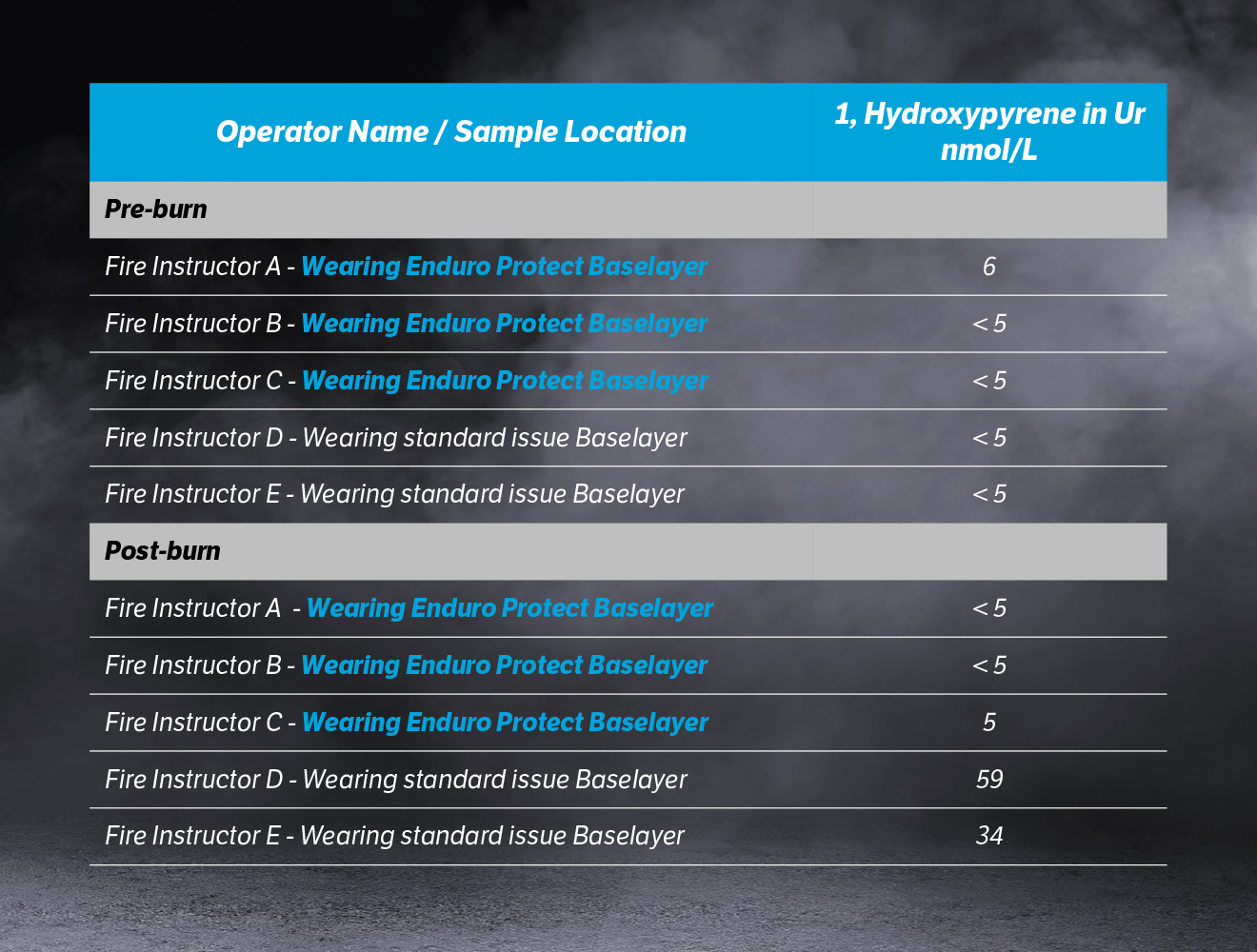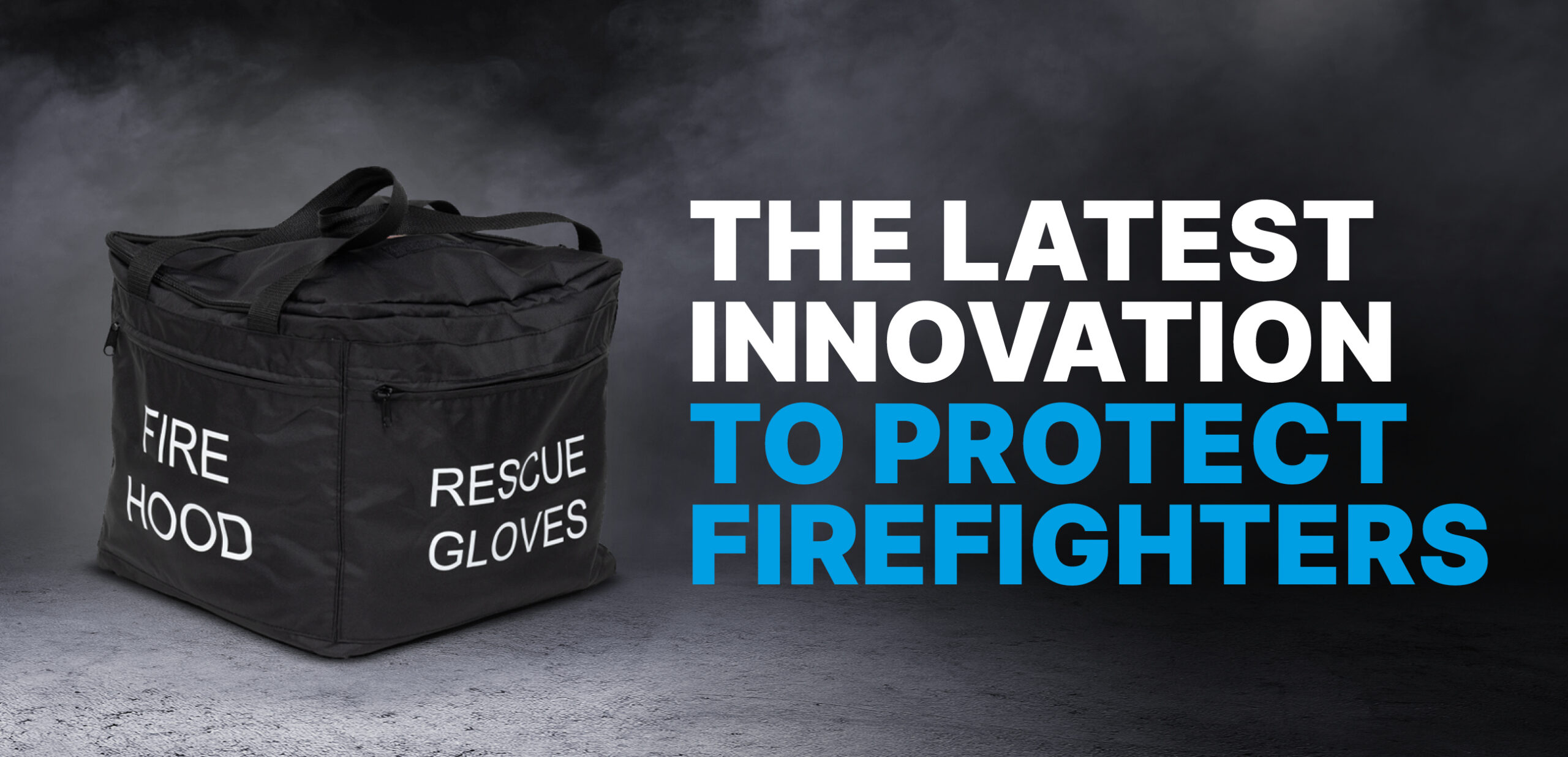This year marks 200 years since the first organised municipal fire brigade in the world. Founded in 1824 by James Braidwood, the Edinburgh Fire Engine Establishment originated in Edinburgh, Scotland. In the early days, firefighters wore wool clothing and rubber boots to protect them from heat, cold, and water and Jacobus Turck developed the first ‘modern’ helmet between 1821-36.
Nowadays, the National Fire Chiefs Council (NFCC) sets out performance specifications for firefighters’ PPE. Whilst the protective clothing has certainly improved, one thing hasn’t changed over the last two centuries: the need for Fire Brigades to budget carefully for life-saving protective gear.
Budgeting for protective clothing (such as base layers) should be a top priority for fire brigades who are committed to protecting their team from cancer and other diseases caused by exposure to smoke and toxins.
The Role of Protective Baselayers for Firefighting in 2024
Protective clothing is a cornerstone in ensuring the safety and well-being of firefighters who courageously confront a myriad of hazards in the line of duty. Beyond being a uniform, these garments are a lifeline, shielding firefighters from life-threatening dangers associated with their challenging profession.
The primary role of protective clothing is to safeguard firefighters from a range of hazards, including intense heat, flames, dense smoke, and exposure to hazardous materials. These garments act as a barrier, preventing direct contact with flames and extreme temperatures, reducing the risk of burns and heat-related injuries. Moreover, protective clothing, equipped with advanced materials and design, serves as a vital defence against toxic fumes and substances encountered in various emergency scenarios.
Amid the valour exhibited by firefighters, research has uncovered a causative link between firefighting and an increased risk of cancer. The exposure to carcinogens during firefighting operations underscores the critical importance not just of any protective clothing, but choosing the right protective clothing.
Protective baselayers provide the first, and often the only, effective defence your team has against cancer causing carcinogens and fine particulates – and thus they play a pivotal role in minimizing the long-term health risks faced by firefighters.
How does an effective baselayer protect firefighters?
The most recent study, featured in the January 2023 issue of the Scientific Reports section within the Nature Journal, determined that:
- Firefighters with over 15 years of service had a 1.7 times higher likelihood of developing cancer compared to those with less experience.
- Firefighters faced at least double the risk of cancer diagnosis if they observed soot in their nose/throat (odds ratio (OR) = 2.0, 1.1–3.5) or remained in their personal protective equipment (PPE) for more than four hours after responding to a fire incident (OR = 2.3, 1.1–5.2).

Extensive research is constantly being conducted throughout the UK. For example, more than 100 retired firefighters recently participated in a study led by the University of Central Lancashire. Researchers aim to understand better the increased diagnoses of cancers and diseases in firefighters and identify the association between occupation and exposure to fire effluents and residues. Replace with the screening of firefighters and all of them having toxins in their blood and 4% diagnosed with cancer.
The Enduro Protect base layer is a specialised protective workwear designed for firefighters. Our meticulously crafted protective flash hood, top, and jogging bottoms result from three years of intensive research conducted in close partnership with the firefighting industry. At its essence lies a patented fabric mesh that prioritises breathability while effectively preventing the infiltration of fine, harmful particulates that the skin could absorb. Enduro Protect base layers provide substantial advantages to firefighters, offering long-term health and cancer protection and enhanced comfort during their operational duties.
What should I consider when budgeting for a baselayer
We believe that choosing the right baselayer for firefighters involves two key considerations:
- Scientific Support: A baselayer is only as good as the protection it provides. Opting for a baselayer that has scientific evidence to support it’s protective claims will assure you that it will do the job you need it to do.
- Lifespan and Durability: Baselayers that require frequent replacements will result in the need for a higher annual budget. Thinking about the lifespan (or amount of washes) the product will last for can significantly reduce the long-term cost.
At Enduro Protect, we have extensively investigated the protective capabilities of our baselayer in preventing firefighters from absorbing carcinogens that can permeate standard personal protective equipment (PPE) and come into contact with the skin. Our team has conducted comprehensive biological studies comparing the absorption of carcinogens with and without our baselayer. The results were startling – see below.
BIOLOGICAL MONITORING TESTS ON FIRE INSTRUCTORS
To confirm the above theory that a substance has to pass a certain threshold before it becomes toxic, we carried out the following test on some Fire Instructors.
- What we were looking for was evidence of PAH’s in the Instructors urine as a result of doing hot fire FBT training. (PAHs are the largest class of chemical compounds known to be cancer-causing agents).
- Urine samples were taken Pre-Burn and Post-Burn. (This was only a ‘Clean Burn’ using pallets, which would be mild compared to the contaminants in a House Fire).
Fire Instructors A, B and C were all wearing our Baselayer. - Instructor C was the most exposed as feeding the fires.
- Fire Instructors D and E were not wearing our Baselayer. They were wearing their usual Baselayer and undergarments with their firefighter PPE.
- The results show that the Instructors that were only wearing their usual Baselayer and Fire Kit and not the Enduro Protect Baselayer, suffered from the PAH’s entering their bodies very rapidly.
- The Fire Instructors wearing Enduro Protect Baselayer showed no perceivable difference in the toxic levels in their bodies. There was also no smell of smoke on them and their hair and skin was clean.
Notably, many fire brigades opt not to invest in these alternative baselayer options, aside from Enduro Protect, as firefighters often find them uncomfortably hot to wear. We all know that Heat Strress is another major issue for the fire brigades and the Enduro Protect Baselayer deals with it on 3 fronts.
- Excellent protection from the heat
- A garment that breathes with you at 90CFM’s
- A garment that prevents you going through the ‘cold phase’ after coming out from a hot wear by managing your body temperature back to normal and not letting go through ‘the dip’.
To perfect our product, we developed up to ten iterations and conducted extensive testing over several years in collaboration with key industry leaders and laboratories in the UK and USA. This rigorous process led us to identify and settle on the best three baselayer options.
How much should I budget for protective base layers?
The durability of a product significantly impacts its cost-to-benefit ratio. Conventional baselayers typically have a lifespan of up to six months, leading most firefighter instructors to cycle through six sets annually. An average set cost of £110.00 results in an expenditure of £660.00 per year or £2640.00 every four years.
In contrast, Enduro Protect boasts a lifespan ranging from two to five years. Despite the higher initial cost between £300.00 and £714.00 per set (depending on the type), each instructor would only require a maximum of three sets over 4 years bringing the total average investment down to £2142.00
A noteworthy example is the Oxfordshire Fire and Rescue Service, which acquired our inaugural 2019 baselayer, and their team continues to wear it, exemplifying the enduring quality of our product.
Wrapping up
Protective clothing is not merely an outfit; it is a shield that stands between firefighters and cancer causing carcinogens and PFAS. As we celebrate 200 years of bravery of those who rush into danger, it is important to recognise the indispensable role these garments play in their health and safety.
January to March are critical months when it comes to setting budgets for 2024. Protecting your team by investing in high-quality, and rigorously tested baselayer protection must be a budgeting priority. Our team are happy to discuss your protective base layer requirements to ensure your brigade’s firefighters’ health and best interests are fully protected – and (of some importance) it will be an excellent PR piece for the brigade, drawing true admiration from the public for answering to the call to action publicly to stop firefighter cancer.












